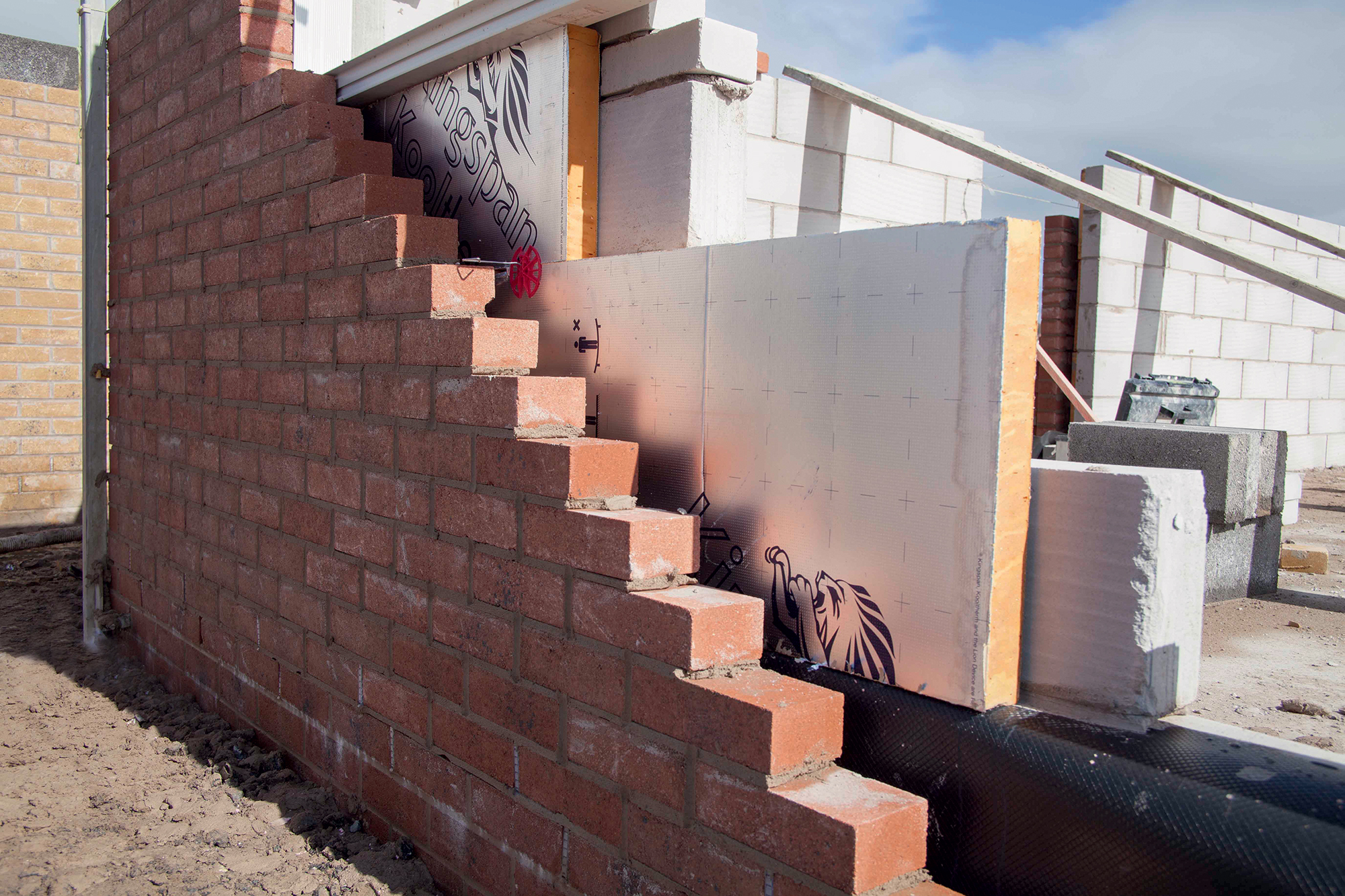
Cavity wall insulation new builds Page 2 — MoneySavingExpert Forum
NyRock Cavity Slab 032 is a semi-rigid stone wool insulation slab designed specifically for use between the studwork of external timber or light gauge steel frame walls. Designed using NyRock technology, which delivers a thermal conductivity of 0.032 W/mK, the lowest lambda stone wool insulation currently available in the UK. View product.
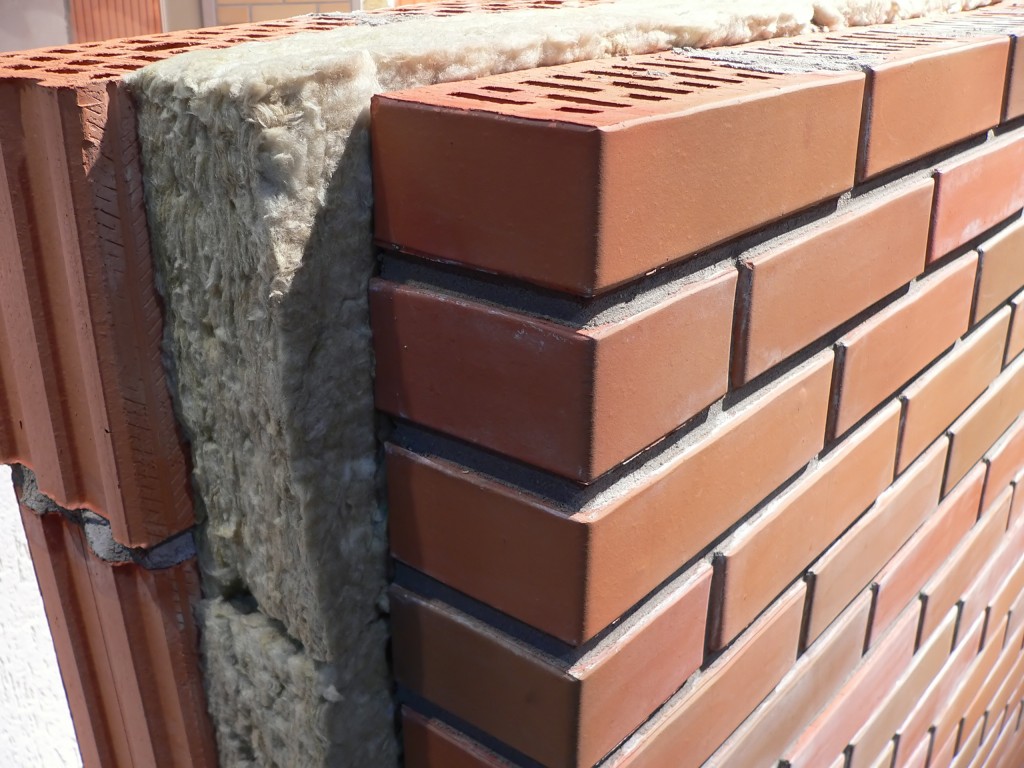
Cavity walls and the benefits of insulating them TheGreenAge
ENERGY STAR Single-Family New Homes, Version 3/3.1 (Rev. 11) National Rater Field Checklist. Thermal Enclosure System. 2. Fully-Aligned Air Barriers. 7 At each insulated location below, a complete air barrier is provided that is fully aligned as follows: Walls: At exterior vertical surface of wall insulation in all climate zones; also at interior vertical surface of wall insulation in Climate.

Cavity Wall Insulation Frequently Asked Questions Dyson Energy Services
A huge benefit of cavity wall insulation is that the installation is very quick and you often won't even see it taking place, plus it is the easiest retrofit option. It can often be installed in a morning. To start, holes, known as mortar holes, are drilled in the bricks around every 60cm, a nozzle is inserted into the hole and insulating.

PU SPRAY INSULATION & CAVITY WALL Greenland Management Services Sdn. Bhd.
External Wall Insulation (EWI) is a way of improving the energy efficiency of your home by insulating its external walls. It's particularly useful for buildings with solid walls, where cavity wall insulation isn't an option, but it can also be used to enhance cavity wall insulation in some circumstances.

Identifying cavity wall insulation problems Collier Stevens
Cavity wall insulation is the insulation material that is installed into the cavity of a building, which is the space between the inner and outer wall. Cavity wall insulation traps the warm air in and prevents air from circulating around the cavity. By reducing heat loss through the cavity, you could save on your heating bills as well as your.
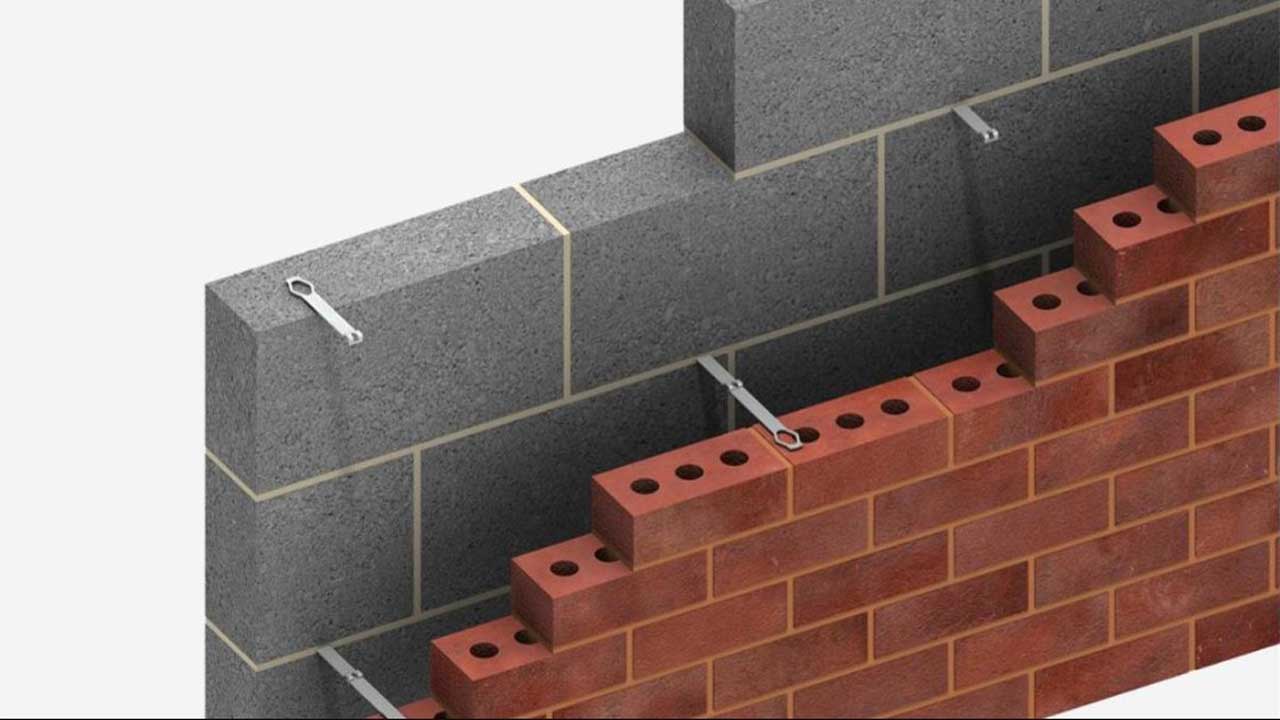
Cavity vægkonstruktiondens fordele, ulemper. NCPEA Professor
External wall insulation is the go-to option to upgrade the thermal efficiency of homes with solid walls, made using a single layer of bricks. Most UK houses built before 1920 have solid walls and EWI is a great option if there are no planning restrictions on the property, such as listed building or conservation area status.
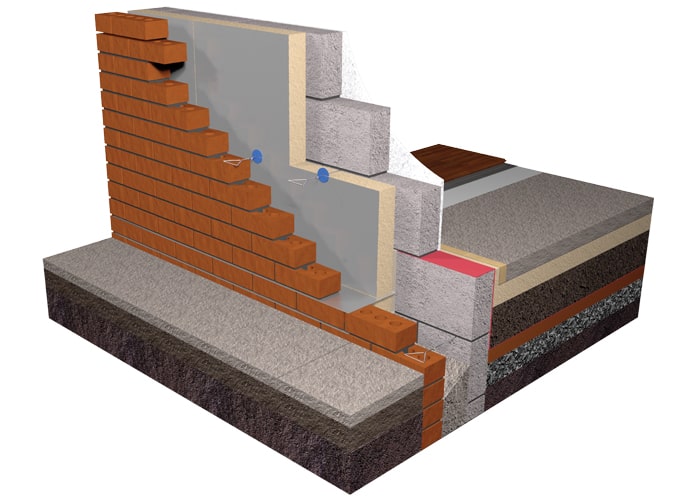
Insulating masonry cavity walls with partial fill insulation Mannok Insulation
Rainscreens and cavity walls incorporate an air gap that separates the exterior cladding from the air, vapor and thermal control layers within the wall. This helps to facilitate drainage of penetrating water and increase the drying behind the cladding if properly ventilated. Both rainscreens and cavity walls often incorporate insulation in the.

Walls External Masonry Cavity Wall Cavity Claims
Steps on Insulation Installation. 1. Cut to Width. Photo by Ryan Benyi. For narrow stud bays, you have to trim down the batt's width. To do that, lay a batt on the floor in front of the cavity, as shown, and line up one edge with the inside face of the stud bay. Then lay a straight 2×4 in line with the inside face of the neighboring stud and.
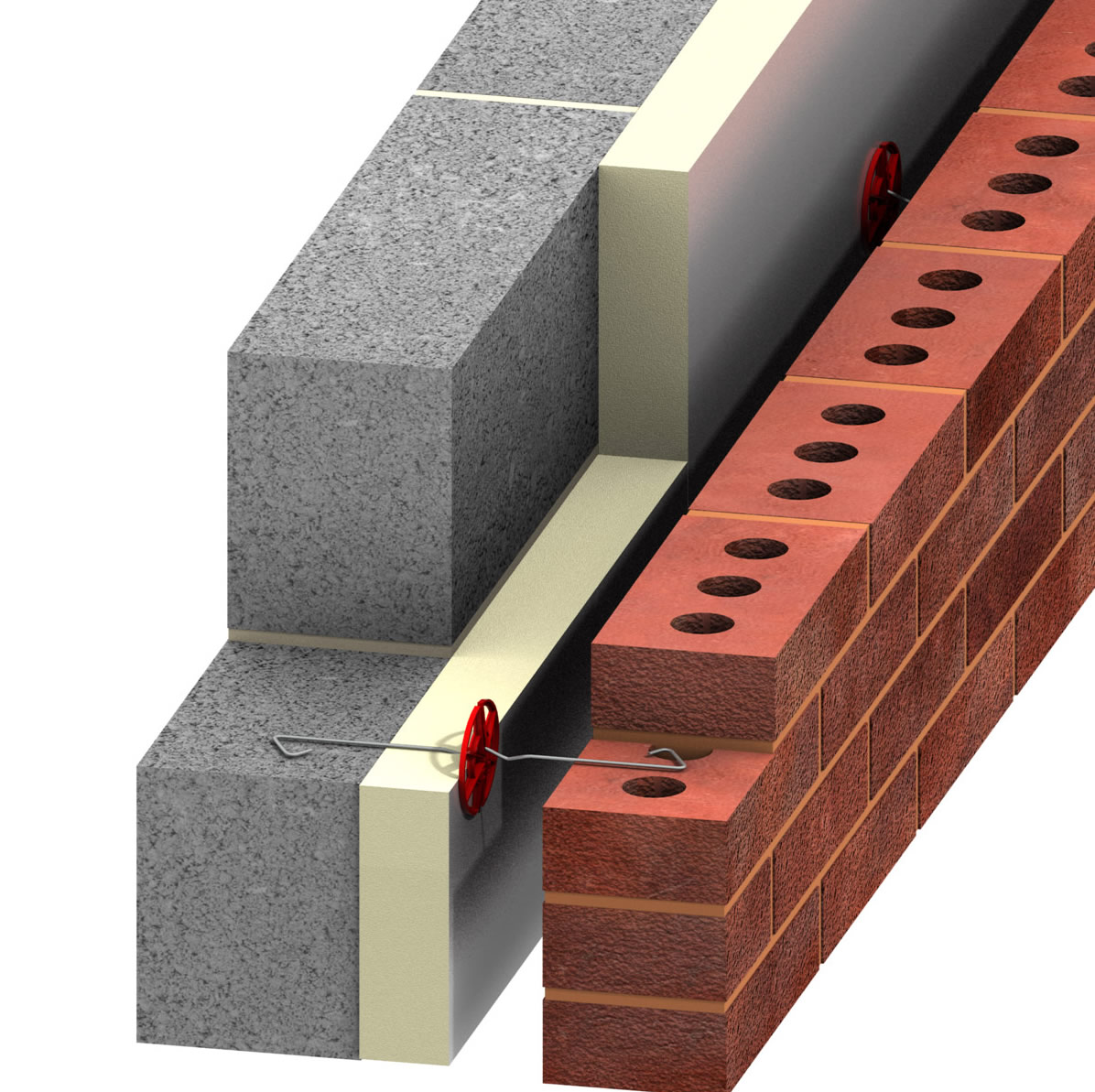
insulated_cavity_wall
Advantages of Cavity Wall Insulation. If CWI is the only option for you, it does offer some benefits: CWI does not alter the external appearance of your property. CWI helps to reduce your energy bills. CWI keeps your house warmer in the winter. CWI helps to reduce your carbon footprint. CWI is very quick and easy to install.
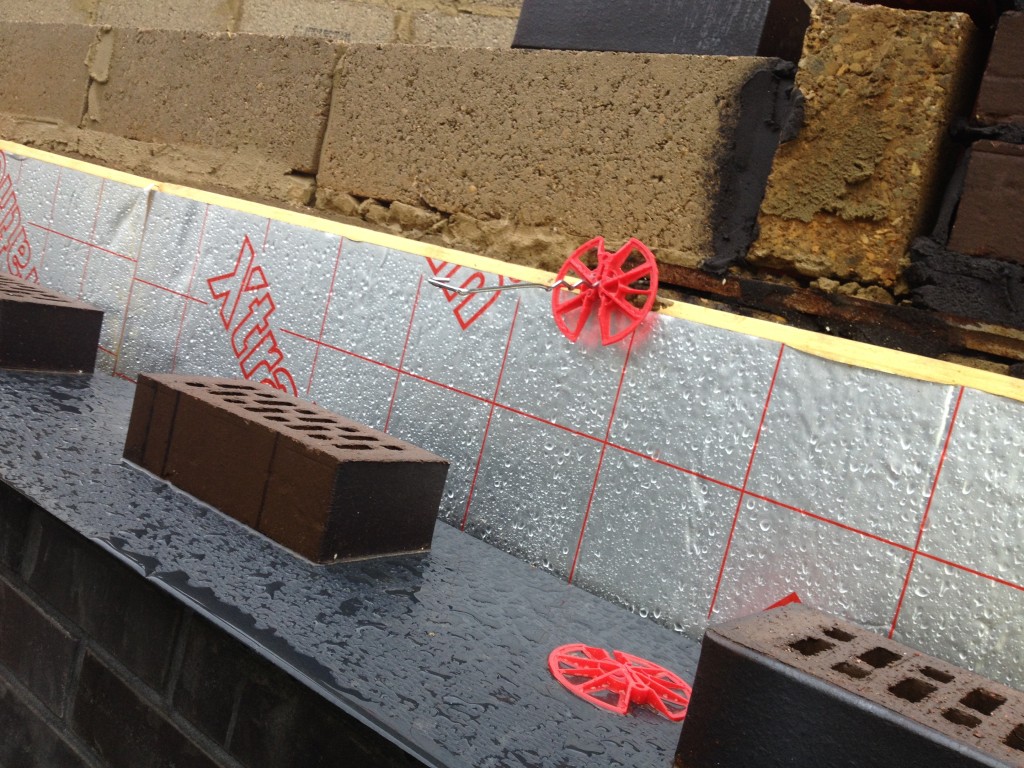
How do you insulate hard to treat cavity walls? TheGreenAge
A 50mm injected foam cavity-fill plus 20mm PUR external gives 0.28W/m². When it comes to using external wall insulation to insulate a solid wall, you'll be looking at the following figures: 100mm EPS gives 0.31W/m². 70mm rigid foam gives 0.30W/m². 110mm mineral wool, wood fibre, hemp batts gives 0.30W/m².

How Much Does Cavity Wall Insulation Cost In 2024?
Cavity walls are exterior walls with a gap in the middle and is generally found in houses built after 1920 (though there are exceptions to the 'rule'). The outer leaf is usually made of brick with inner layers either constructed from brick or concrete blocks. The gap can be filled with insulation to improve the thermal performance of a building.
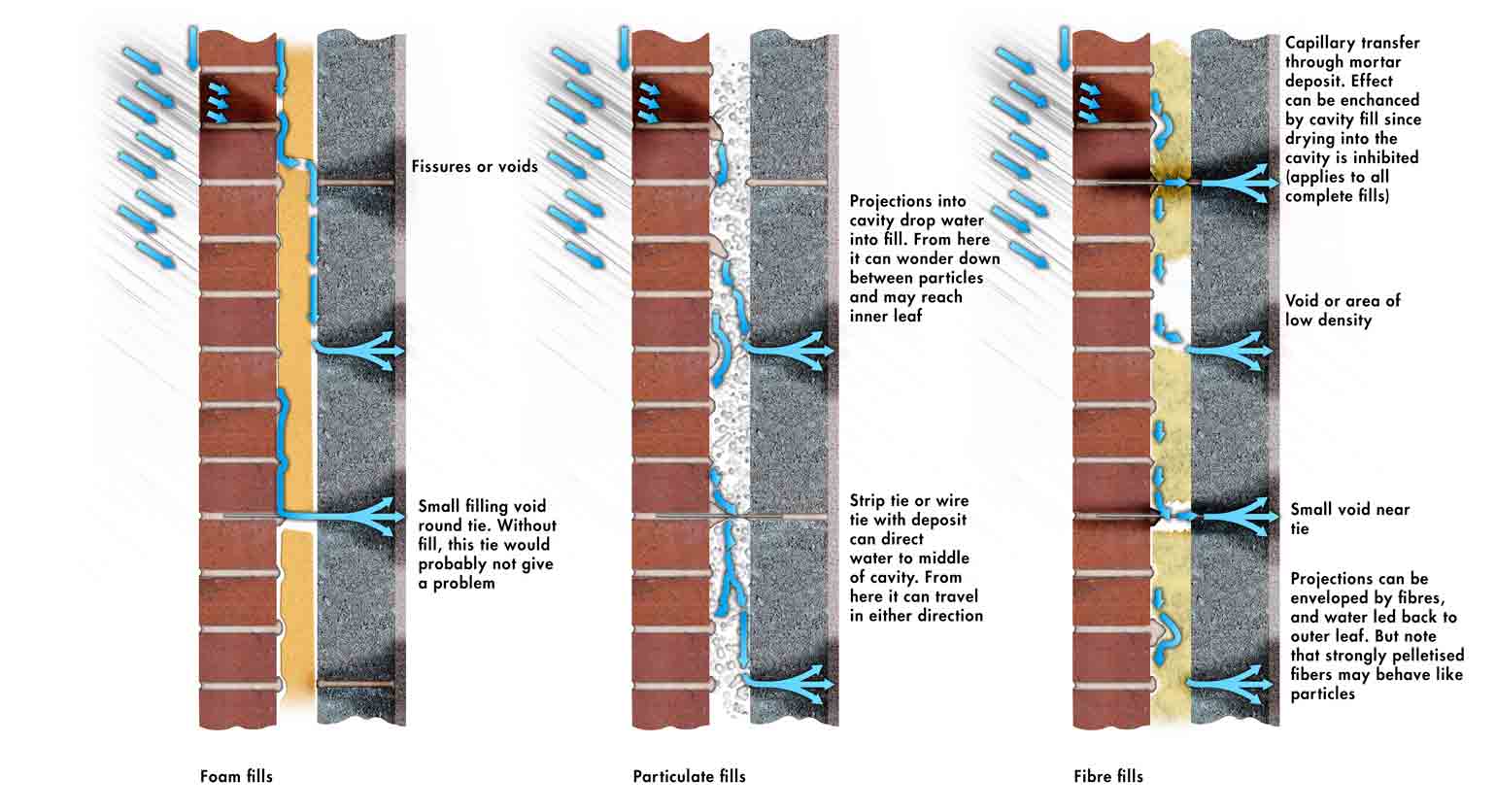
Wet Cavity Wall Insulation Protection
Blowing insulation into the wall cavity is the top option if you want to save on utility bills. Loose fill cellulose or fiberglass can be used for cavity wall insulation, and you will need a professional contractor to do the job. Bear in mind that it does mean that small holes will be made in order to install the cavity wall insulation.

Wall Insulation How it works and Identifying Wall Structure
The effects of External solid wall insulation on U-Values. Retrofitting a cavity wall property with injected insulation obviously increases the thermal insulating qualities and lowers the U-Value - heat transfer through the wall. However, to reach the levels of insulation required for the highest level of energy efficiency it might not be enough.
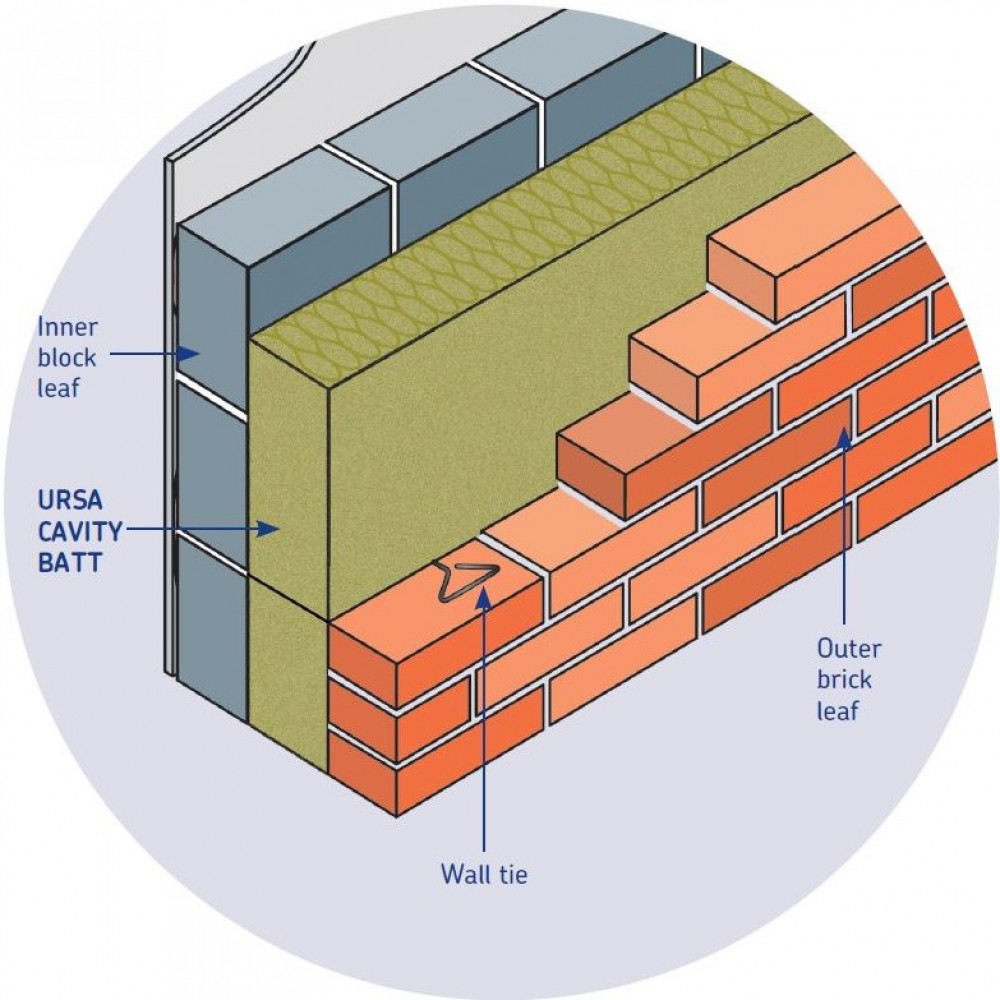
Basic Cavity Wall Design My XXX Hot Girl
A cavity wall is made up of two walls with a gap in between, known as the cavity; the outer leaf is usually made of brick, and the inner layer of brick or concrete block. Pre-1920 older houses are more likely to have solid walls. A solid wall has no cavity; each wall is a single solid wall, usually made of brick or stone.

Insulation inside a new cavity wall with spacers between bricks and breeze blocks on a
These are the best materials for insulating your home. 1. Blown mineral wool insulation. Mineral wool can be blown into a property's cavity walls to form an energy efficient insulating layer. On the cavity wall insulation cost front it's on the lower end and offers good performance.

Complete Guide to Cavity Wall Insulation The Eco Experts
External wall insulation is more like cladding, so systems that use foam insulation, such as those normally used for a filled cavity wall, are unsuitable. Solid wall insulation is the type of insulation system to use to external walls, with rendering adding a final finishing touch.